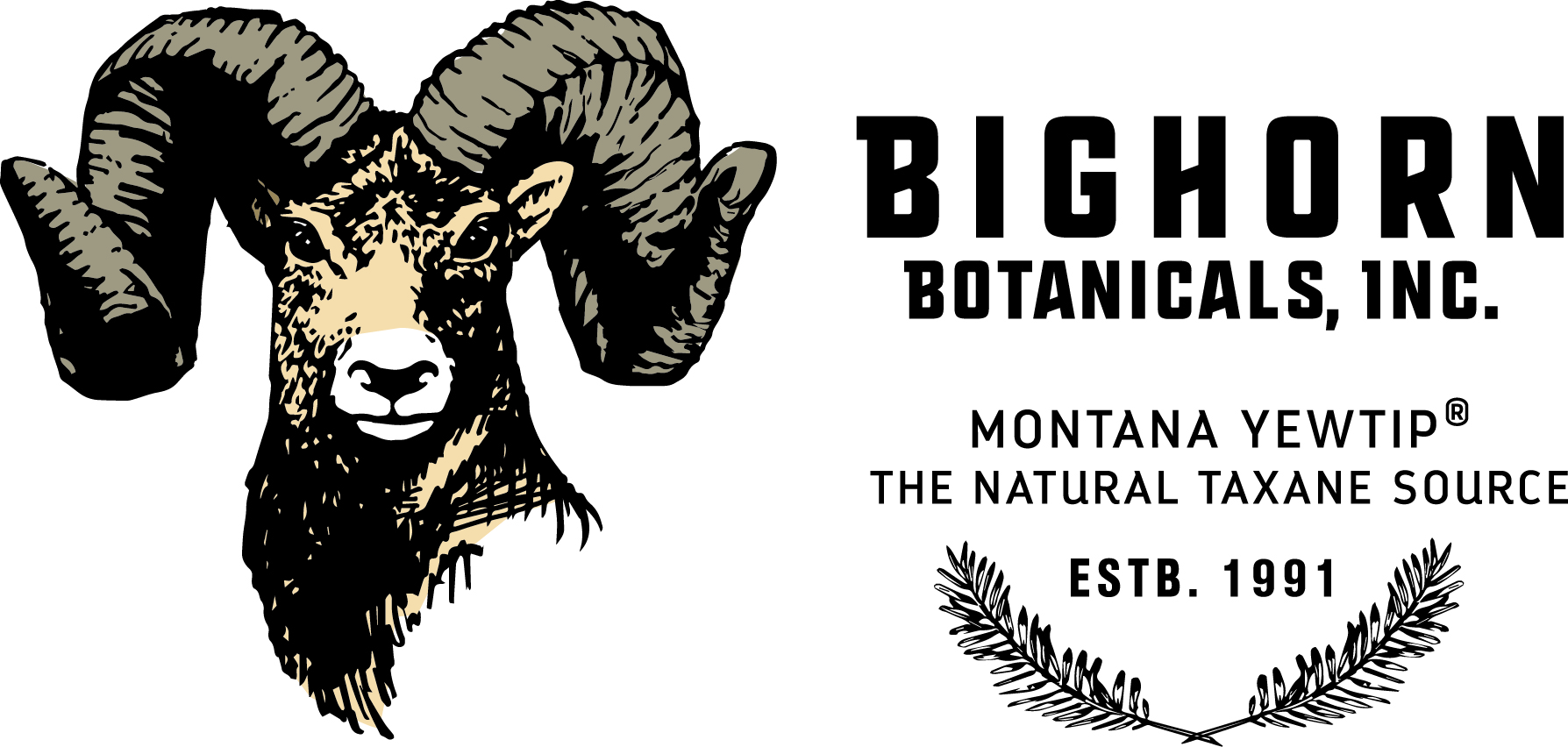Follow Us x
DESCRIPTION OF TREE AND ENVIRONMENT
Taxus brevifolia is native only to northwestern North America. It is commonly referred to as the Pacific Yew, Western Yew or Montana Yew. Varietals exist within its growing region. Very few trees match the longevity of the Yew with some specimens aged at 500 to 1000 years old. It is slow growing, but long lived.
The Montana Yew is a varietal, indigenous to northwestern Montana and Northern Idaho.
Its typical growth habit is a bushy, shrub-type tree generally reaching 10-15 feet in height with an almost equal spread. It grows best on northerly slopes at elevations of 3000-7000 feet, preferring a canopy of mature timber.
The leaves consist of linear, flat, slightly sickle-shaped needles forming two comb-like ranks along the stem. Leaves have a distinct, short petiole at the base. The undersides are marked with two yellowish to grayish-green lengthwise stripes.
Species of this genus differ from other gymnosperms in having a single, dark bluish seed surrounded by a red, fleshy, cup-shaped covering. The seed with the covering is about the size of a pea (approximately 1/3" diameter). The bark is thin (about 1/8") and reddish-brown in color.
ENVIRONMENTAL CONCERNS FOR THE SPECIES AND RESOURCE MANAGEMENT
Taxus brevifolia is not currently an endangered or threatened species.
Before its pharmaceutical value was discovered, the Yew was routinely slashed and burned during logging operations. However, with prolonged manufacture of the chemotherapeutic drug, Taxol, survival of the species was threatened by long-term harvesting. (Bark harvesting totally destroys the tree.) The only natural source of Taxol, approved by the FDA, was the bark of Taxus brevifolia for initial supplies. Subsequently, the manufacturer of Taxol developed the semi-synthetic Paclitaxel, eliminating the need for great amounts of Taxus brevifolia bark. Paclitaxel is now manufactured from the bough tips of nursery grown cultivars of European yews and is approved by FDA.
These statements have not been evaluated by the Food and Drug Administration. This product is not intended to diagnose, treat, cure, or prevent any disease*




.png)
